Grape Variety
Folle-Blanche
"fohl blahnsh"
Wine Styles
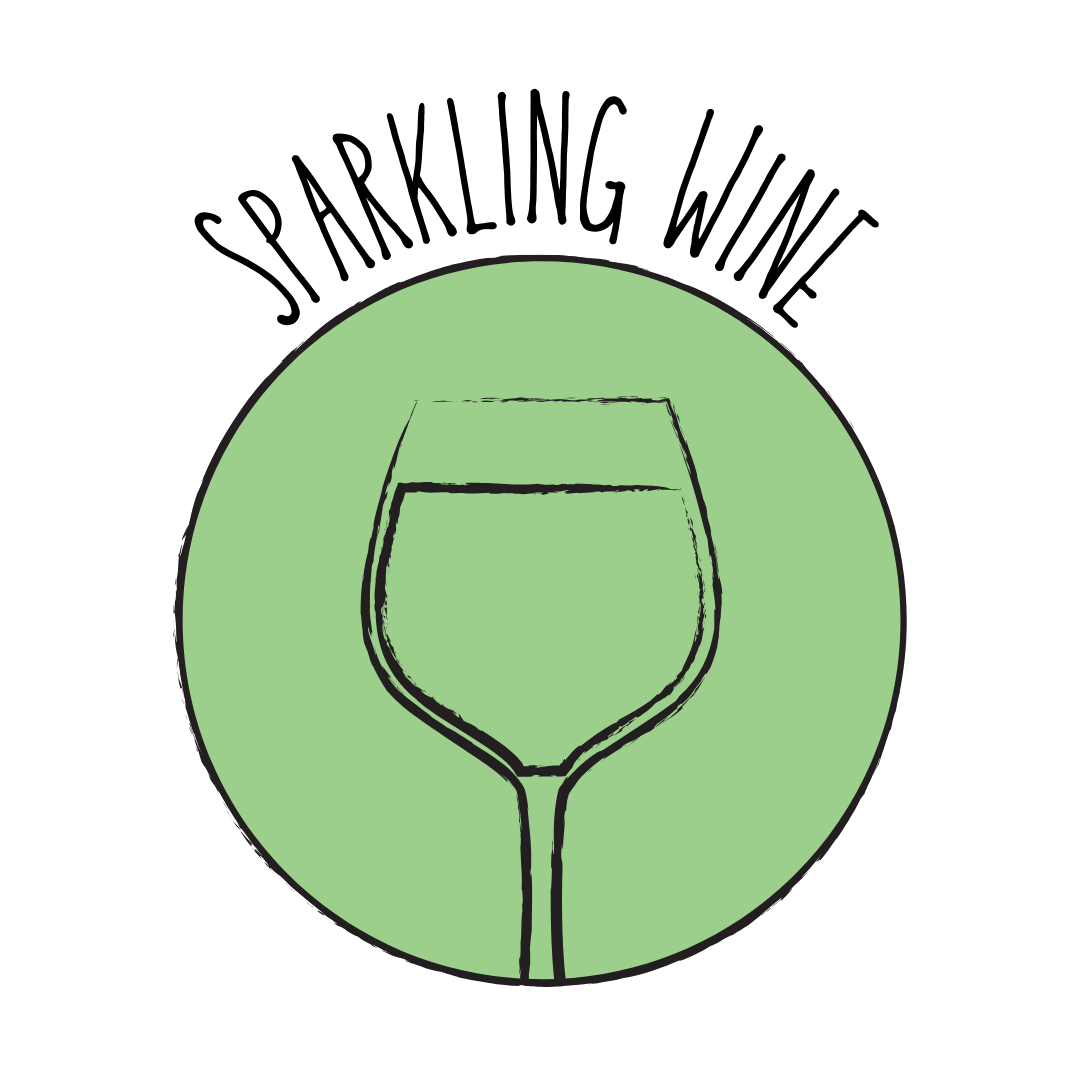 Sparkling
Sparkling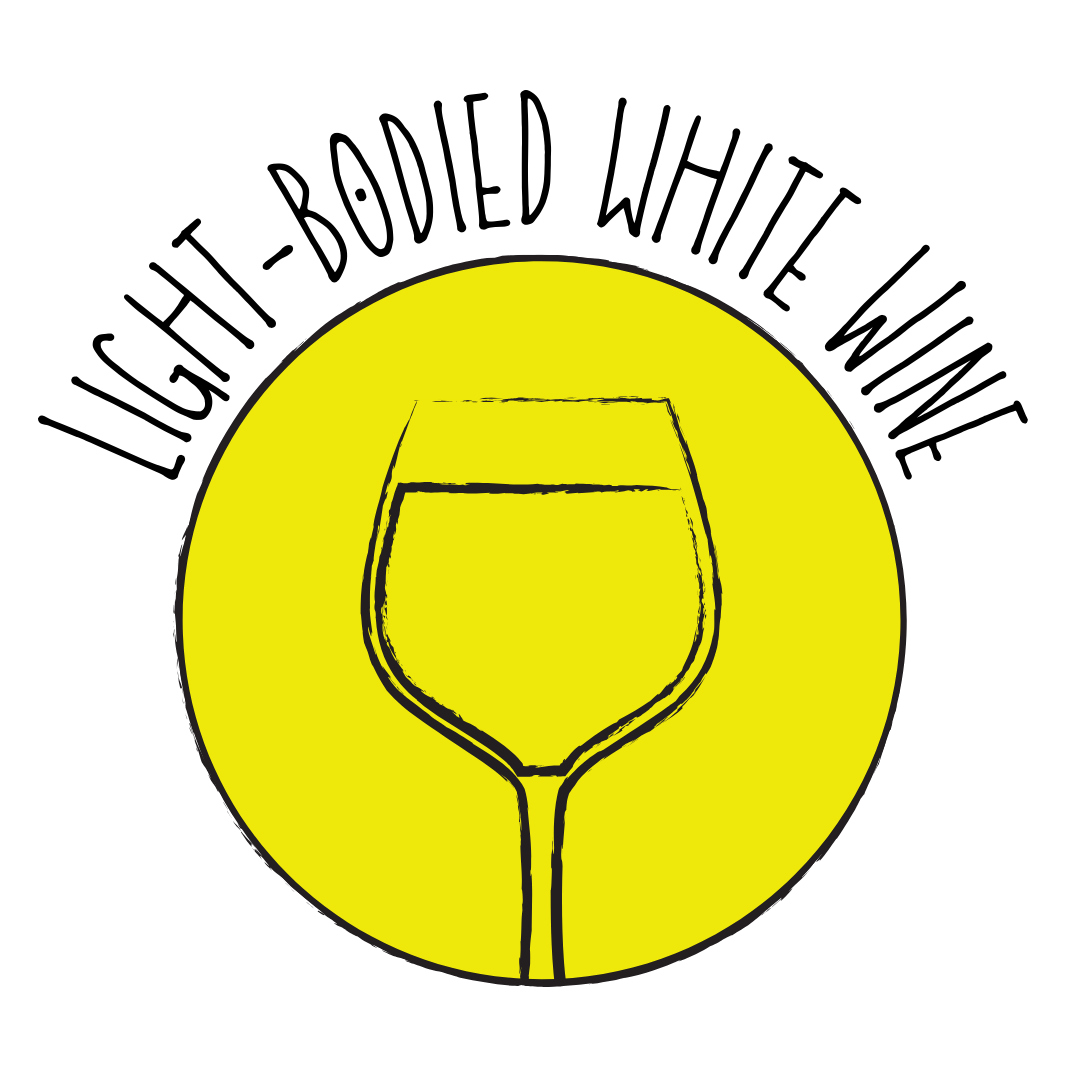 Light White
Light White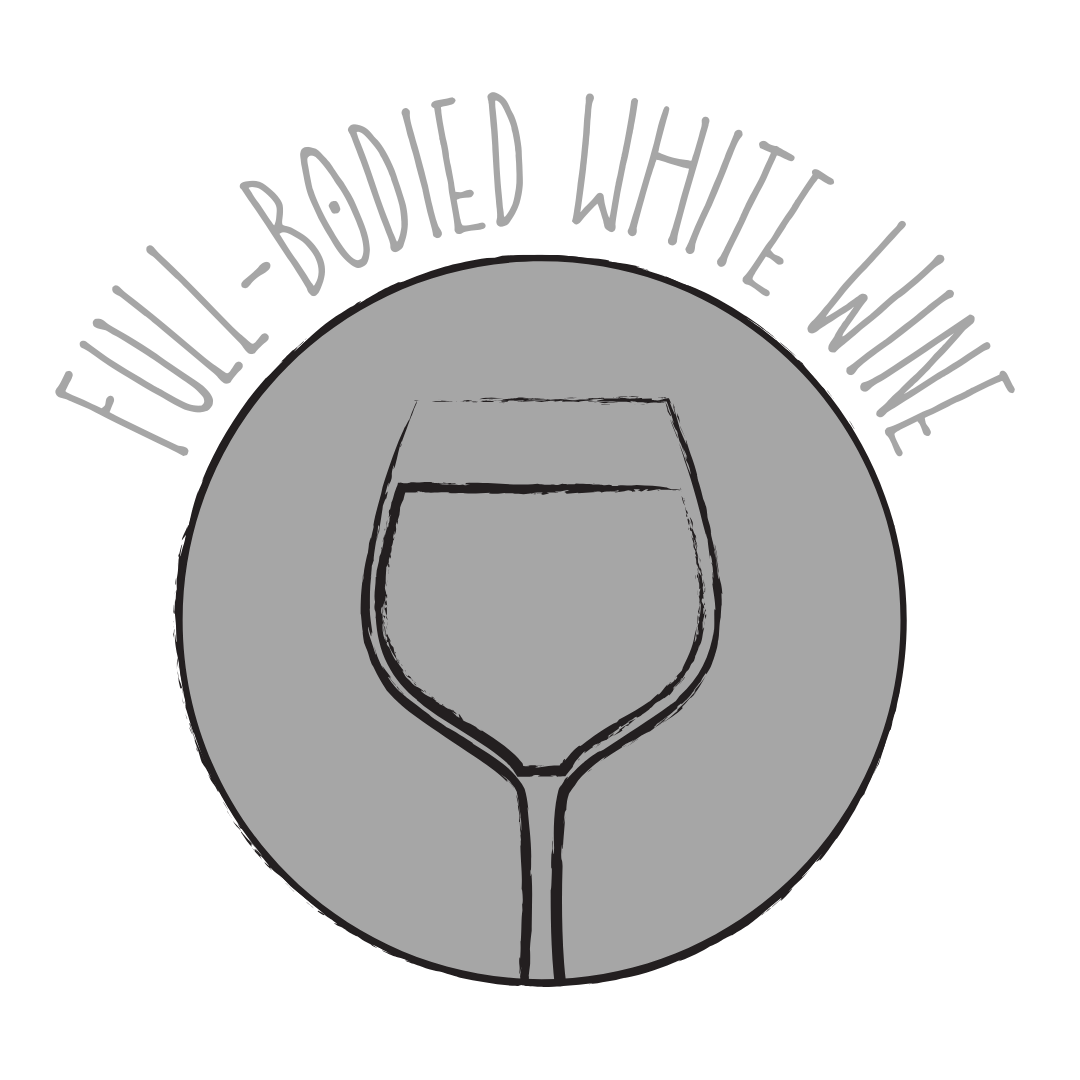 Full White
Full White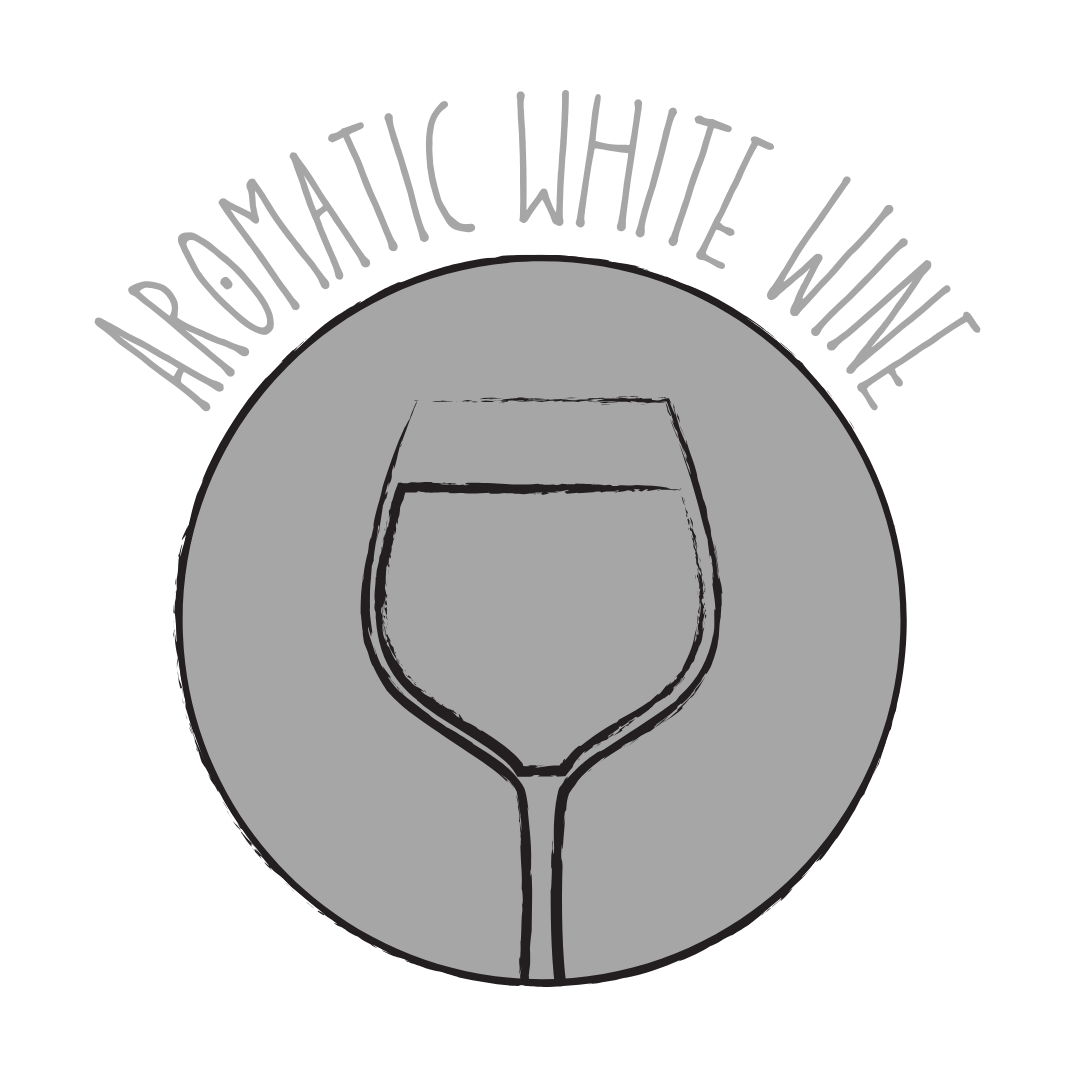 Aromatic
Aromatic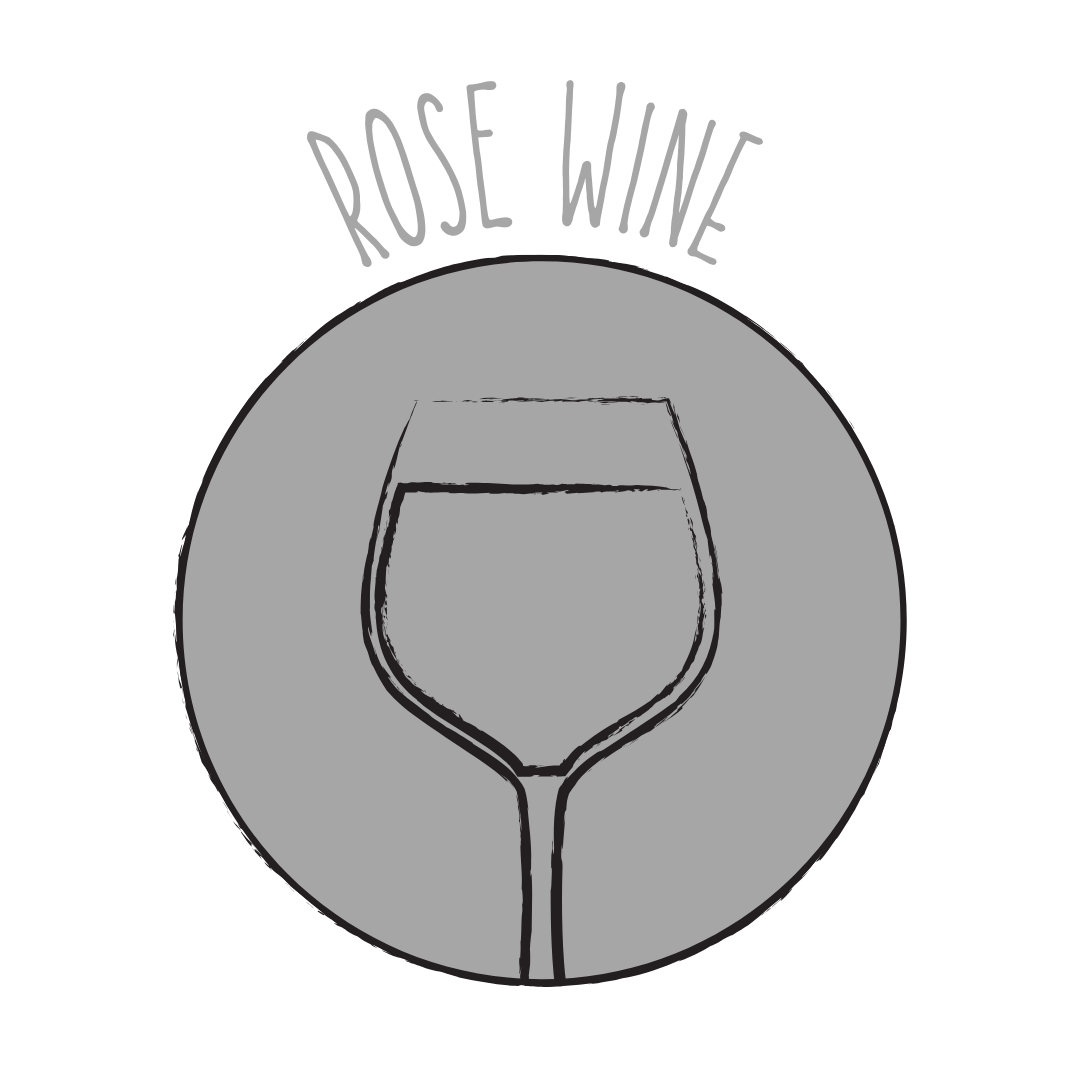 Rosé
Rosé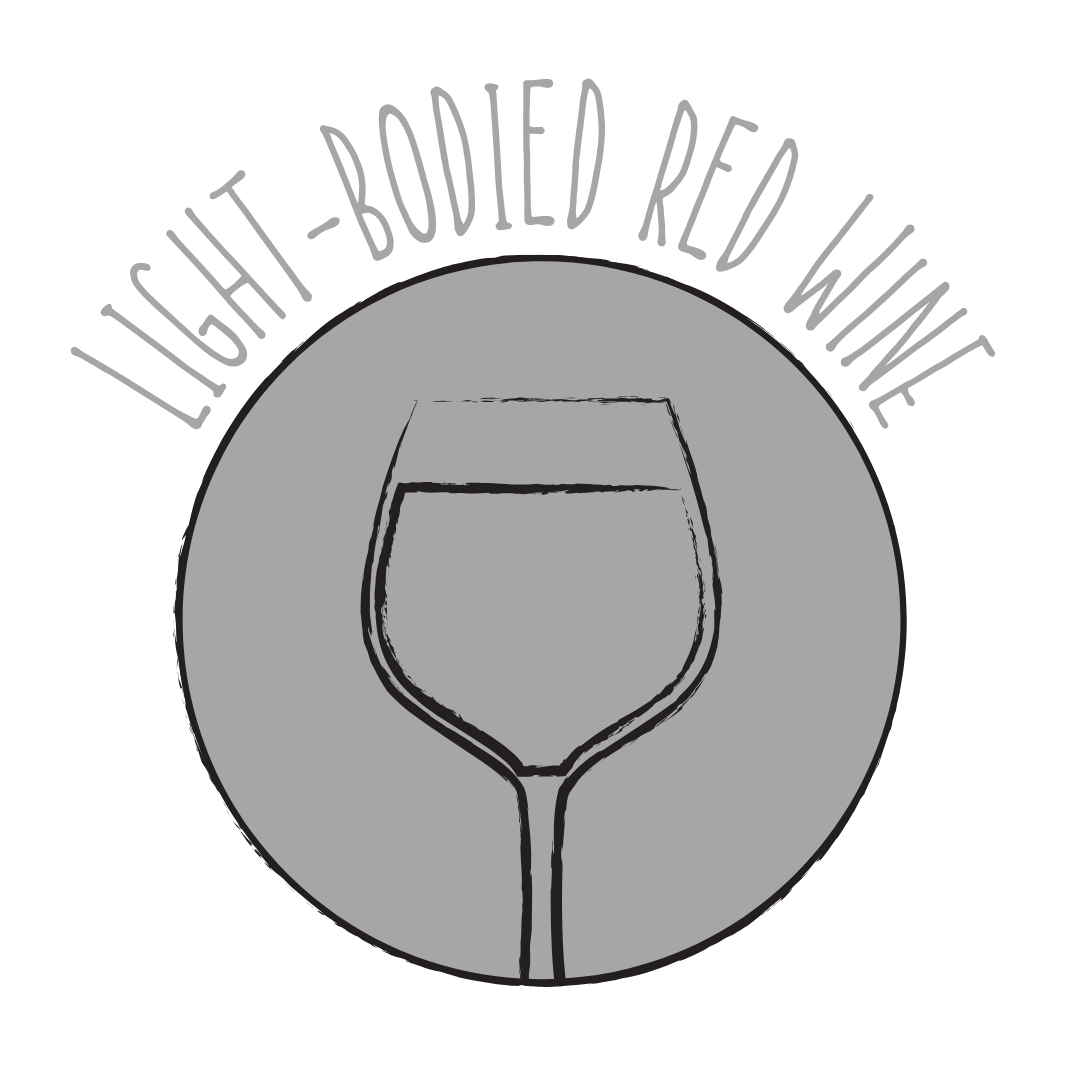 Light Red
Light Red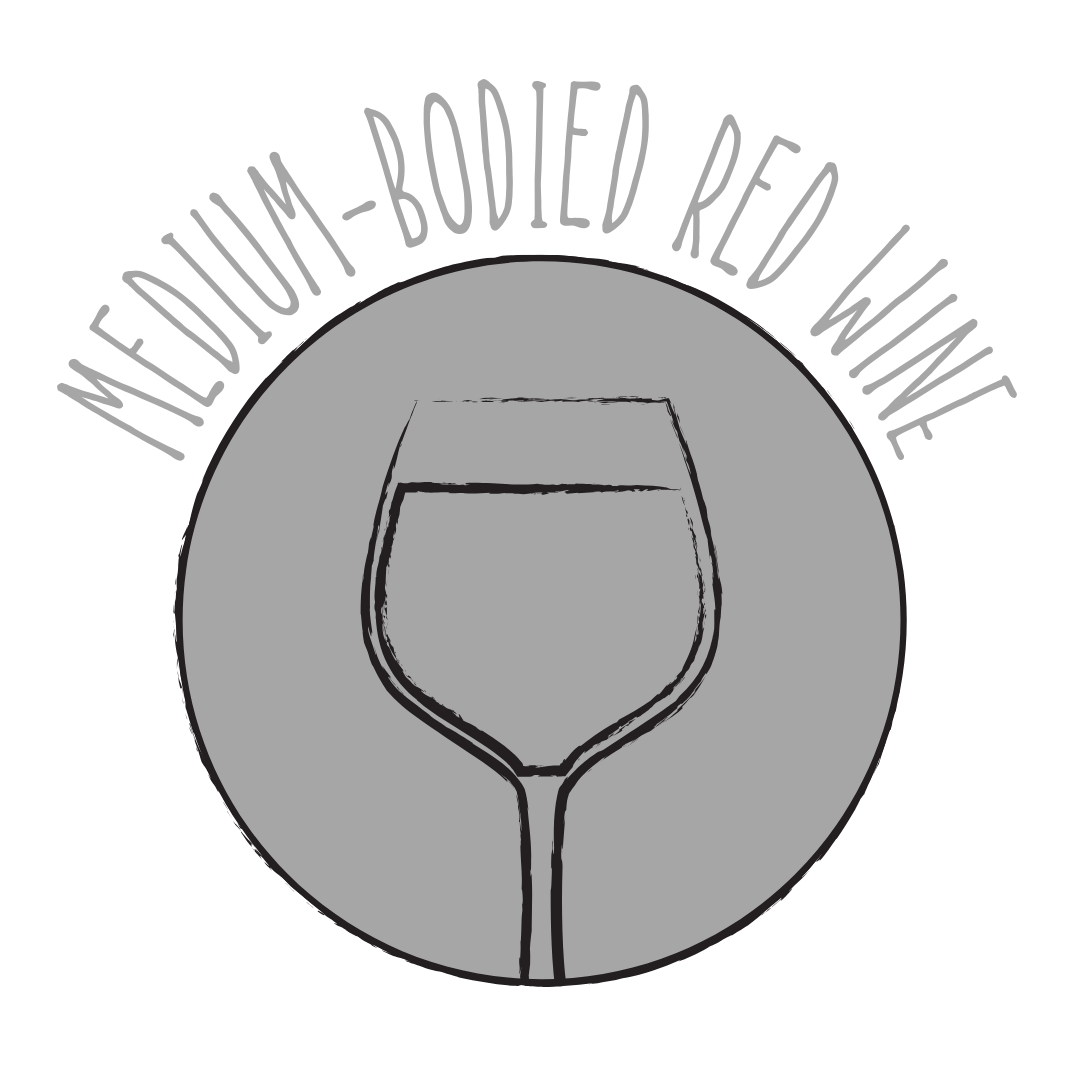 Medium Red
Medium Red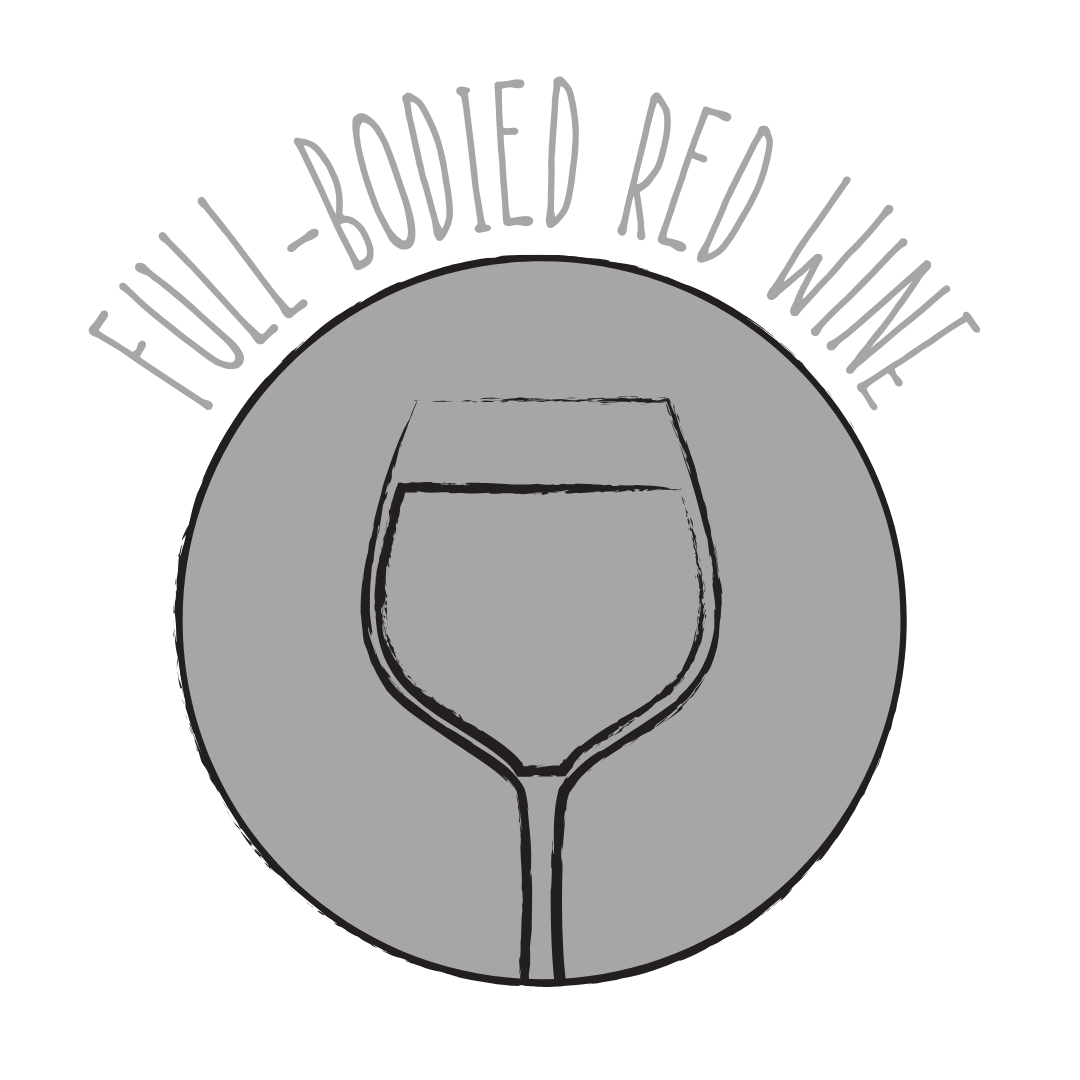 Full Red
Full Red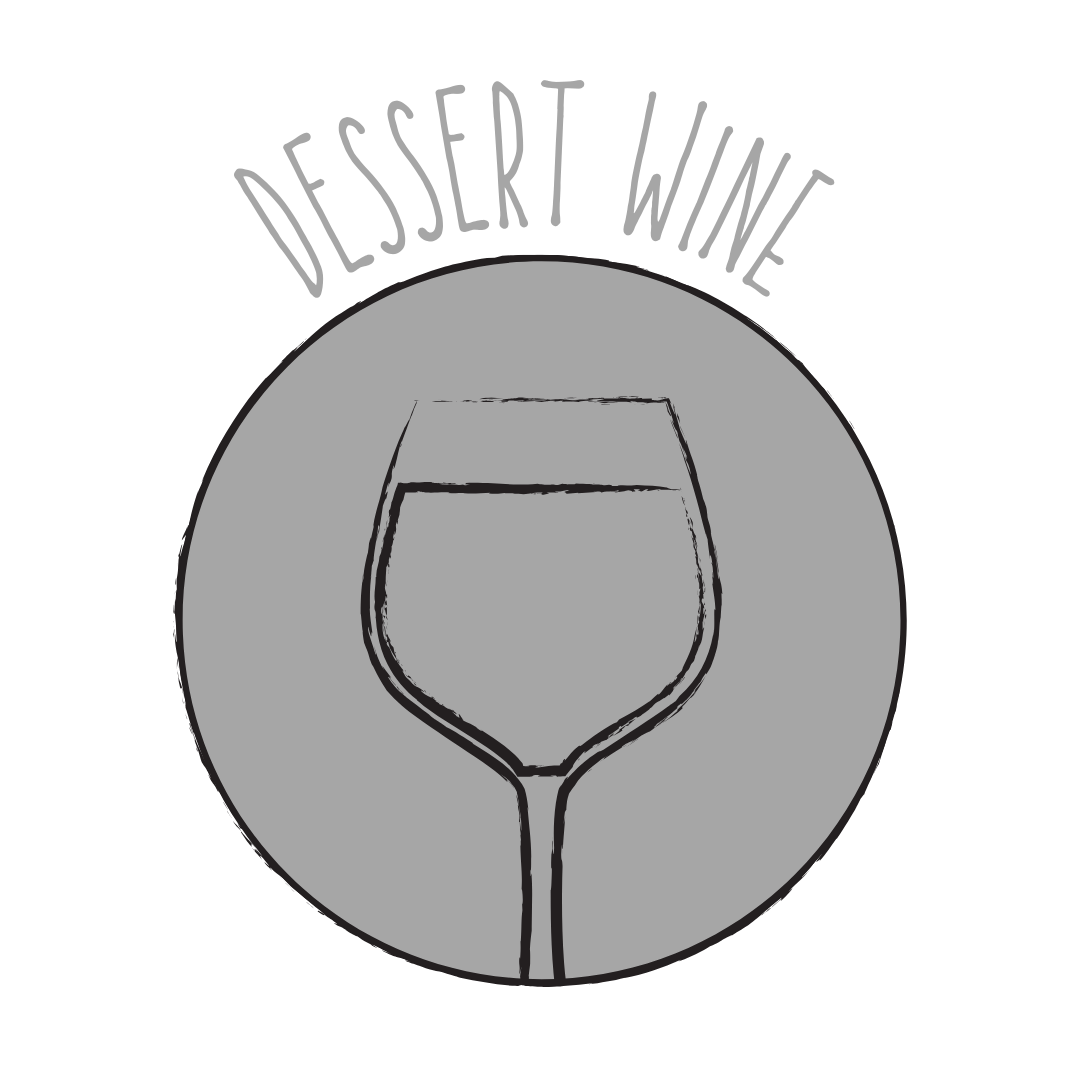 Dessert
DessertAbout Folle-Blanche
Origin
Southwest France
History
Folle Blanche is an ancient white grape variety from southwest France, traditionally used in the production of Cognac and Armagnac brandies. It was the dominant grape in these regions until the phylloxera epidemic in the late 19th century, which led to its decline and replacement by more resistant varieties like Baco Blanc. Today, it is still cultivated in the Loire Valley, particularly in the Pays Nantais region, where it is known as Gros Plant and used to produce the tangy, dry white wine Gros Plant du Pays Nantais.
Appearance
Small, greenish-yellow berries forming tight clusters, making them somewhat vulnerable to disease pressure.
Growing Traits
Folle Blanche is a mid-ripening grape variety that thrives in well-drained soils ranging from limestone to sand and clay. It prefers mild to cool climates with temperatures between 22 to 32 degrees Celsius. The variety is naturally susceptible to diseases such as black rot, gray mold, mildew, and wood diseases like excoriosis. After the phylloxera crisis, grafted Folle Blanche became highly susceptible to oidium and mildew, leading to its decline in Cognac vineyards.
Wine Characteristics
Body
1/5
Sweetness
1/5
Tannin
0/5
Acidity
5/5
Alcohol
2/5
Light-bodied with a crisp and refreshing profile, emphasizing its high acidity and subtle fruit flavors. Typically dry, focusing on its natural acidity with minimal residual sugar. Negligible tannins, as it is a white wine variety, resulting in a smooth and clean palate. High acidity, providing a zesty and invigorating character, making it suitable for both wine and brandy production. Moderate alcohol content, typically ranging between 10% and 12%, ensuring balance and drinkability.
Taste Profile
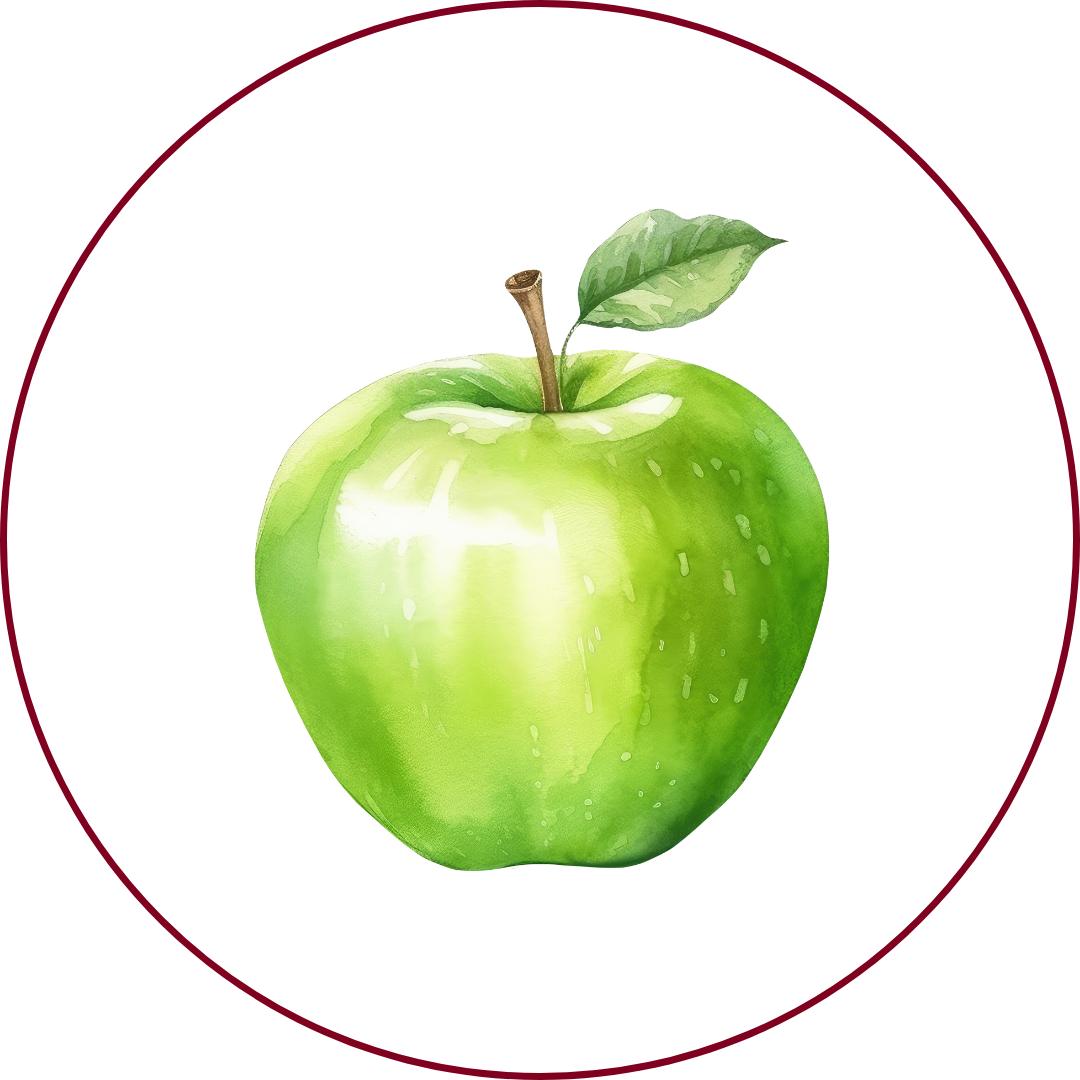
Green Apple
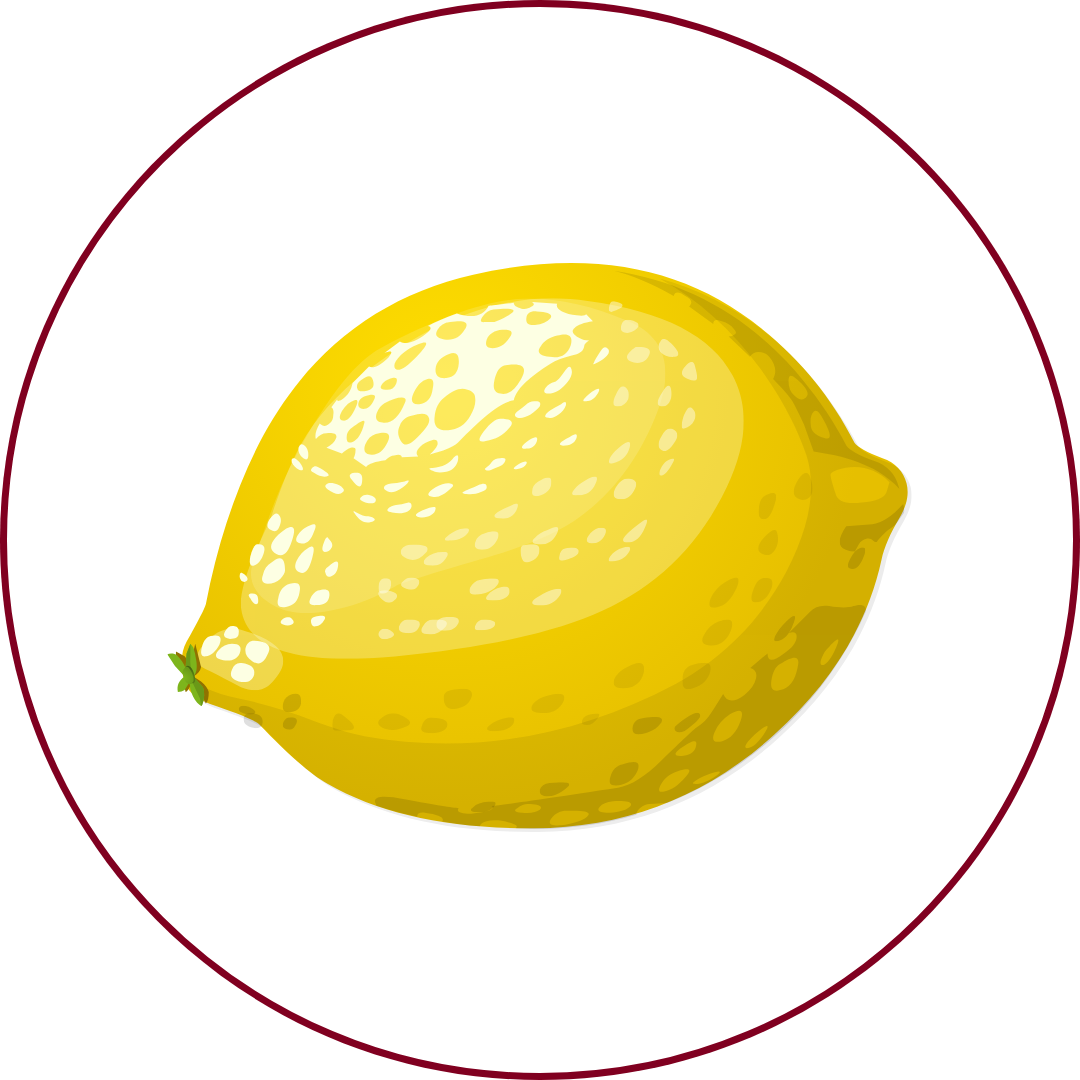
Lemon
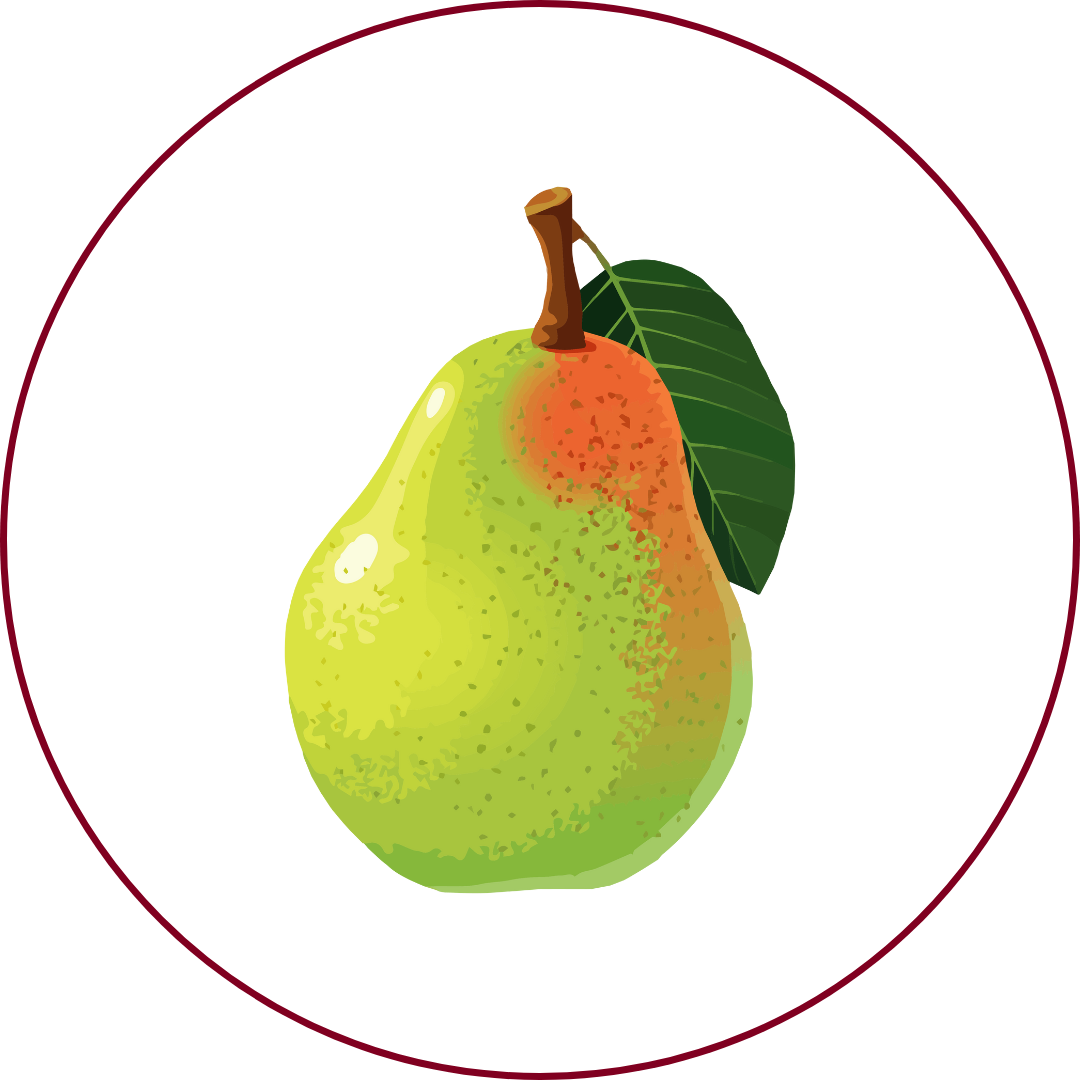
Pear
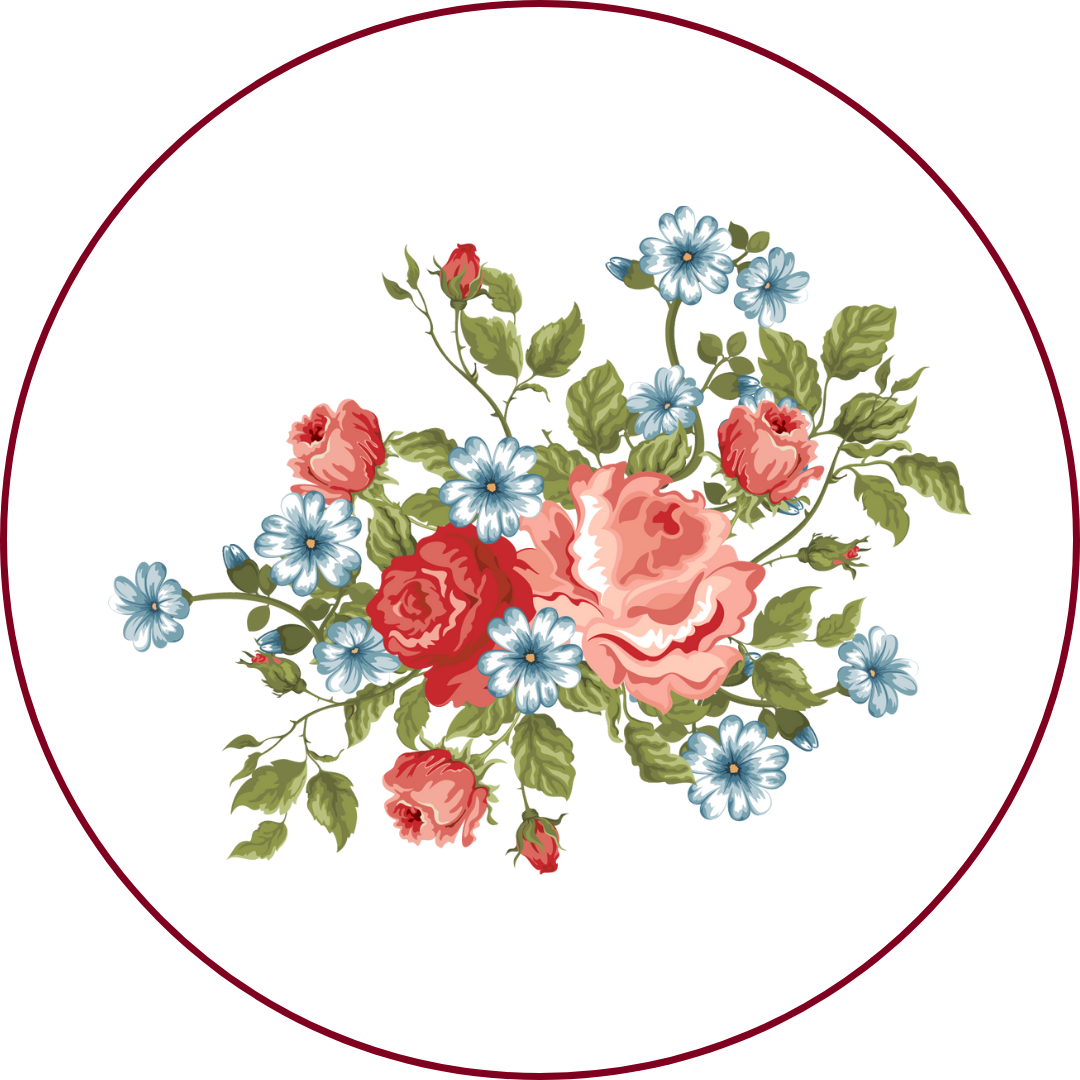
Floral
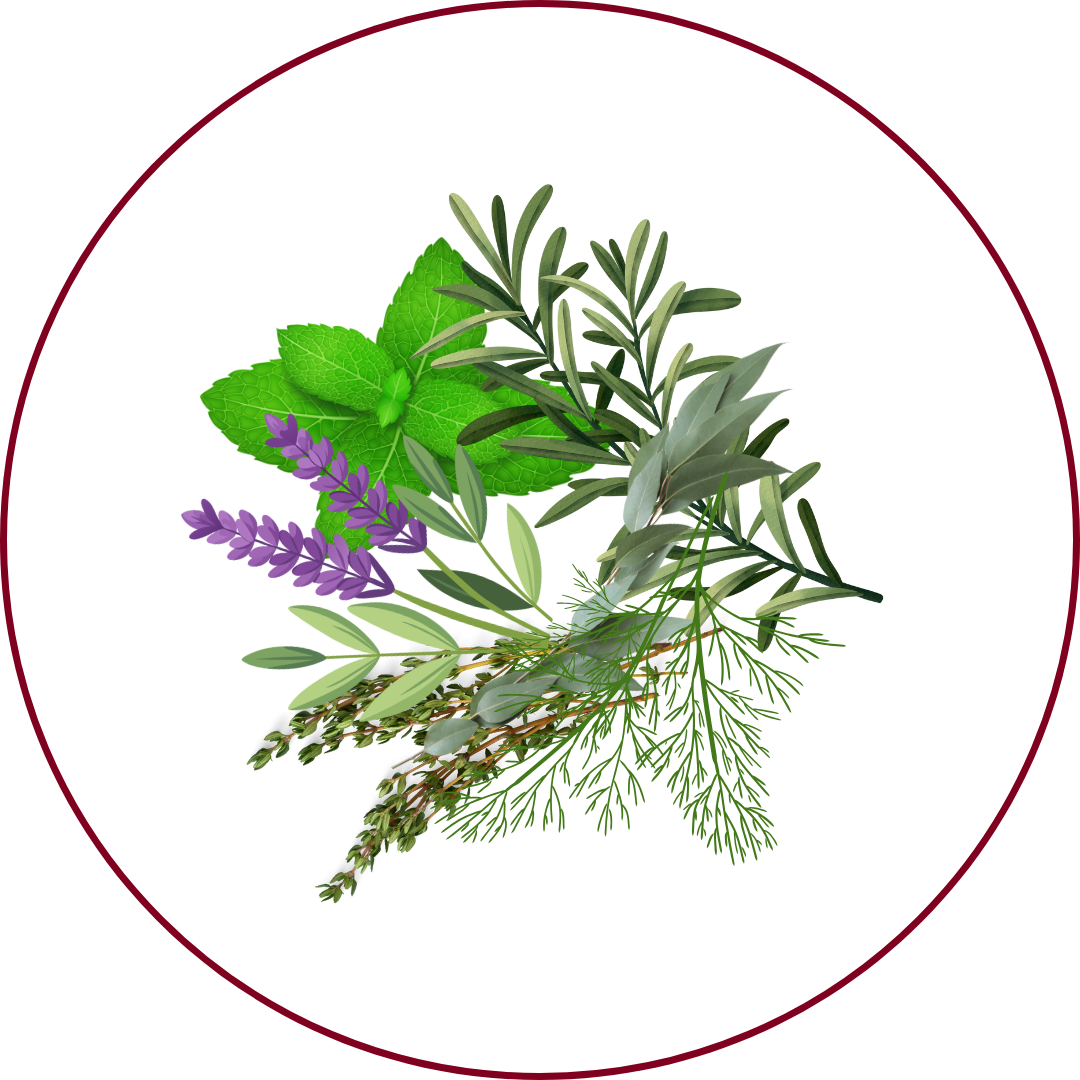
Herbal
Folle Blanche wines are characterized by fresh and clean flavors of green apple, lemon, and pear, with subtle floral and herbal notes. The high acidity provides a crisp and zesty finish, making it a refreshing choice for those seeking a light and invigorating white wine.
Food Pairing
Folle Blanche's high acidity and light body make it an excellent match for seafood dishes, particularly oysters, mussels, and other shellfish. It also pairs well with light fish dishes, salads, and goat cheese. The wine's crispness complements the brininess of seafood, enhancing the overall dining experience.
Growing Regions

France
Loire Valley (Pays Nantais)Southwest France (Cognac and Armagnac regions)

Spain
Basque Country (as Bordeleza zuria in Txakoli wines)
Notable Wines & Producers
Gros Plant du Pays Nantais
Domaine de la Pépière
Domaine Luneau-Papin
La Folle Blanche
Marc Pesnot
Folle-Blanche FAQ
Common questions about this grape variety
What is the origin of Folle-Blanche?
+
Southwest France
Is Folle-Blanche wine full bodied?
+
Folle-Blanche has a body level of 1 out of 5. Which means that Folle-Blanche is Light bodied.
Is Folle-Blanche wine dry or sweet?
+
Folle-Blanche has a dryness level of 1 out of 5. Which means that Folle-Blanche is Dry.
Where is Folle-Blanche wine from?
+
Southwest France
Where is Folle-Blanche grown?
+
Folle-Blanche is grown in France (Loire Valley (Pays Nantais), Southwest France (Cognac and Armagnac regions))Spain (Basque Country (as Bordeleza zuria in Txakoli wines)).
What is Folle-Blanche like?
+
Folle Blanche wines are characterized by fresh and clean flavors of green apple, lemon, and pear, with subtle floral and herbal notes. The high acidity provides a crisp and zesty finish, making it a refreshing choice for those seeking a light and invigorating white wine.
What does Folle-Blanche pair with?
+
Folle Blanche's high acidity and light body make it an excellent match for seafood dishes, particularly oysters, mussels, and other shellfish. It also pairs well with light fish dishes, salads, and goat cheese. The wine's crispness complements the brininess of seafood, enhancing the overall dining experience.
What does Folle-Blanche taste like?
+
Folle Blanche wines are characterized by fresh and clean flavors of green apple, lemon, and pear, with subtle floral and herbal notes. The high acidity provides a crisp and zesty finish, making it a refreshing choice for those seeking a light and invigorating white wine.
Take Folle-Blanche Knowledge with You
Access detailed grape profiles, tasting notes, and pairing suggestions on your iPhone.
Download on theApp Store